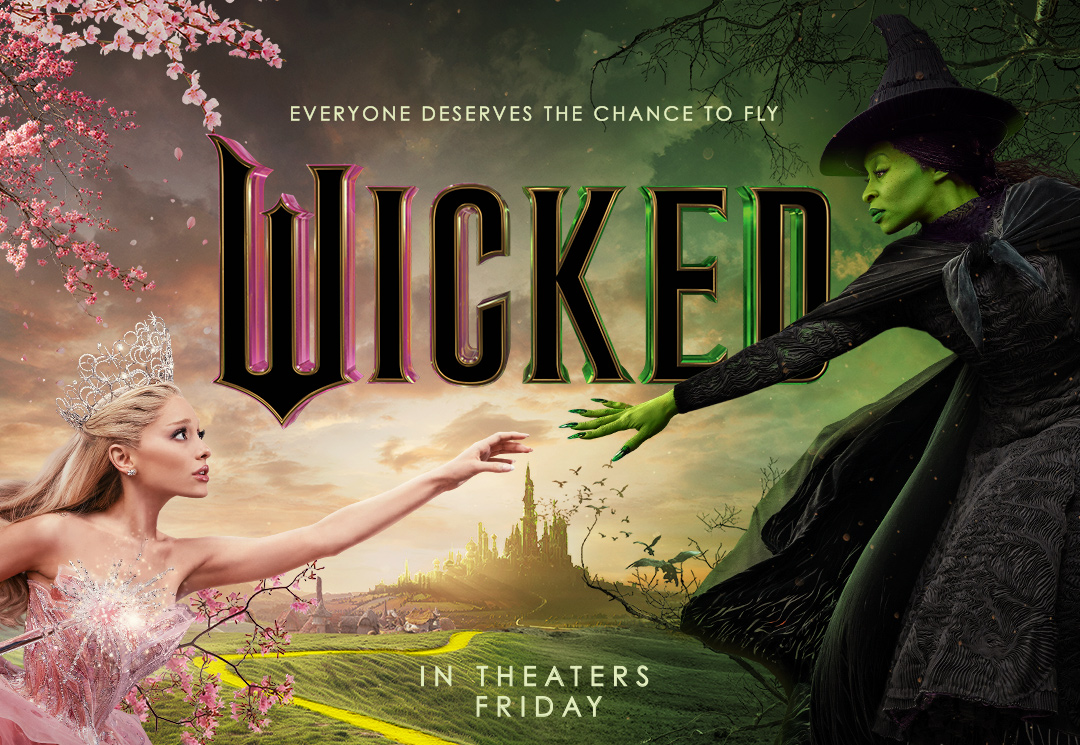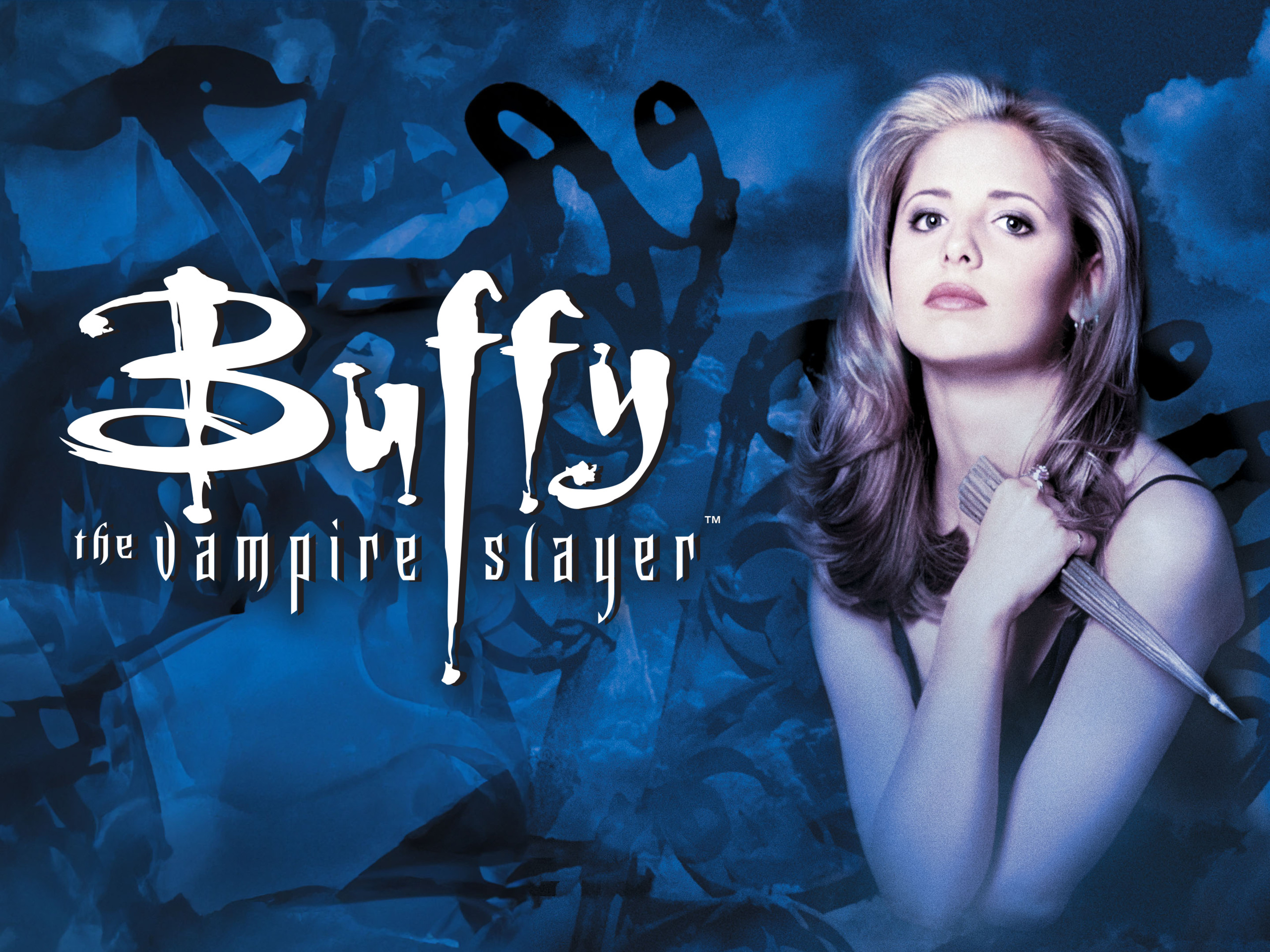

Streaming
Top 5 Indian Films on Netflix That Explore Hinduism: A Must-Watch Guide for Movie Lovers
The rich cultural, spiritual, and philosophical traditions of Hinduism have long influenced Indian cinema. From stories rooted in mythology to modern-day explorations of faith, these films provide an insightful look into Hindu beliefs, practices, and history. As a fan of movies about Hinduism, I’ve curated a list of the top five Indian films on Netflix that explore this ancient religion. Whether you’re a spiritual seeker or a fan of Indian culture, these films offer a unique cinematic experience.
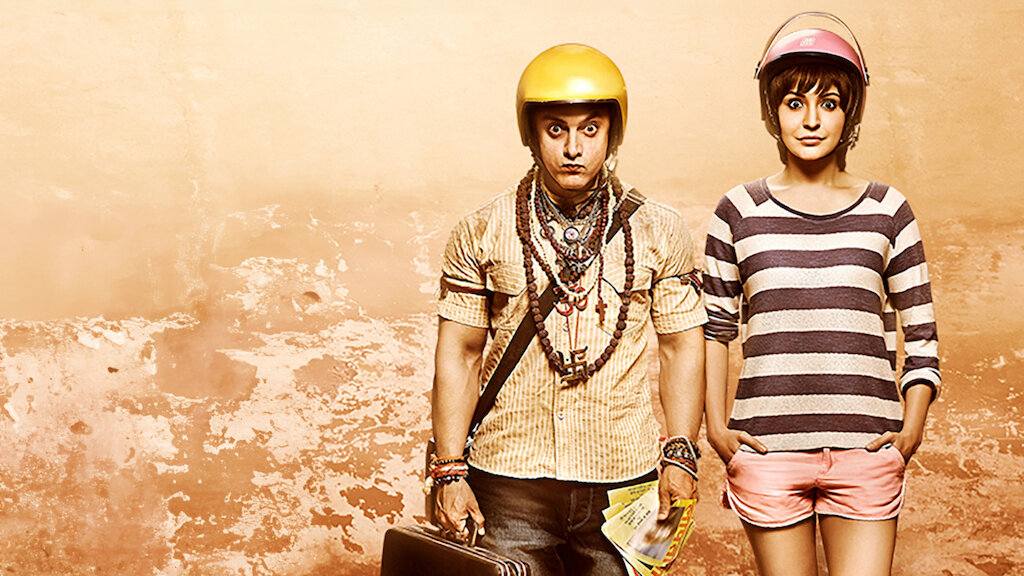
1. PK (2014)
PK, directed by Rajkumar Hirani, is a satirical take on religion, belief systems, and blind faith. The story revolves around an alien named PK (played by Aamir Khan) who lands on Earth and finds himself confused by the various religious customs and practices. In his quest to find his lost communication device, PK asks fundamental questions about the nature of God, challenging societal norms. Through humor and thought-provoking dialogue, the film explores how people interact with religion and the commercialization of faith.
PK is a lighthearted yet meaningful exploration of religious practices in India, questioning dogma and rituals through an outsider’s perspective.
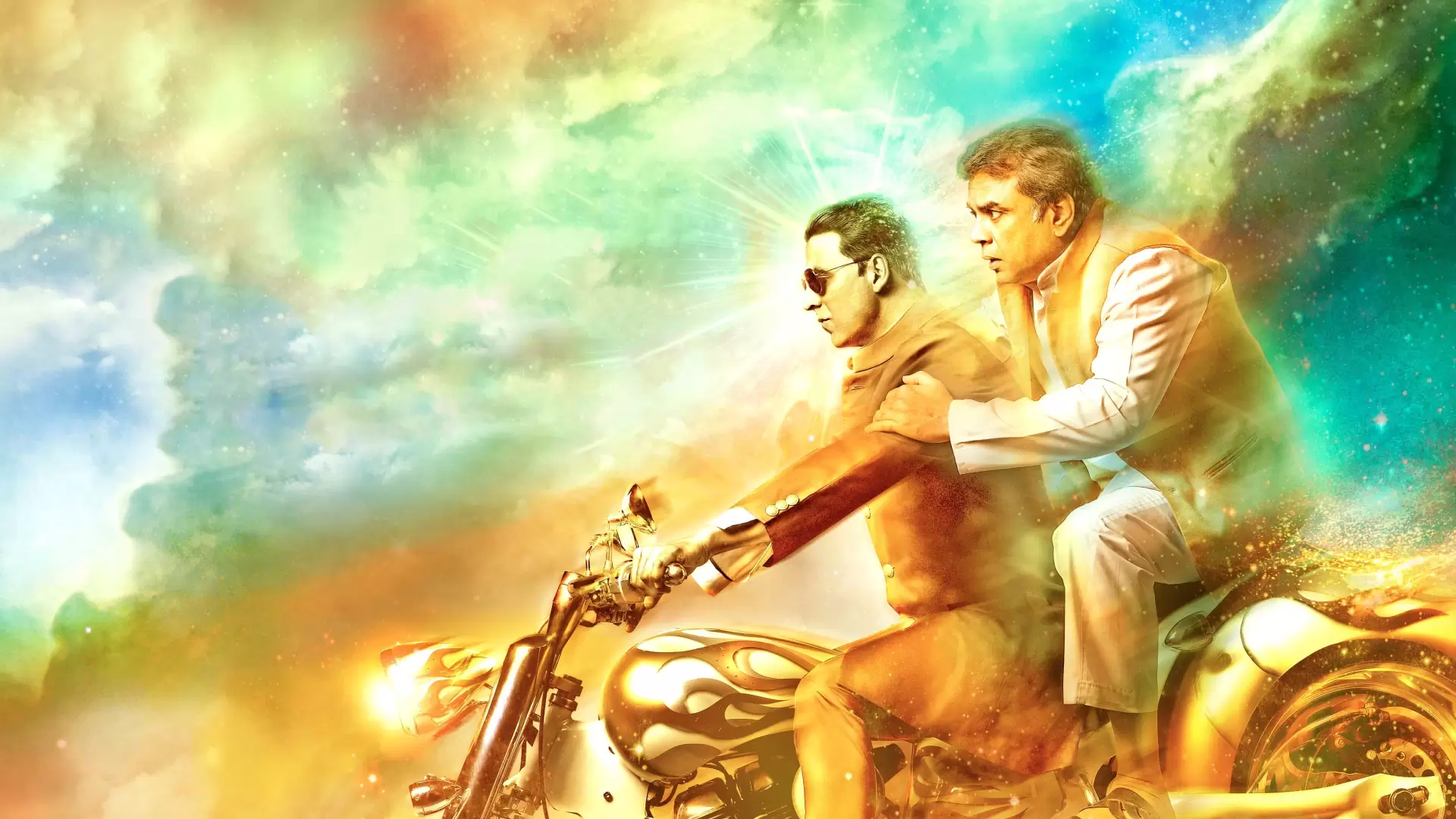
2. OMG: Oh My God! (2012)
OMG: Oh My God! is another thought-provoking film that tackles religious beliefs and the commercialization of faith. The story follows Kanji Lalji Mehta (Paresh Rawal), an atheist shopkeeper whose shop is destroyed by an earthquake. When his insurance company refuses to compensate him, citing an “act of God,” Kanji sues God in court. The film brings into question the roles of religious leaders and organized religion while also delving into spiritual interpretations of Hindu deities.
The film is a blend of comedy and drama that sparks conversations about blind faith, rituals, and the essence of spirituality.
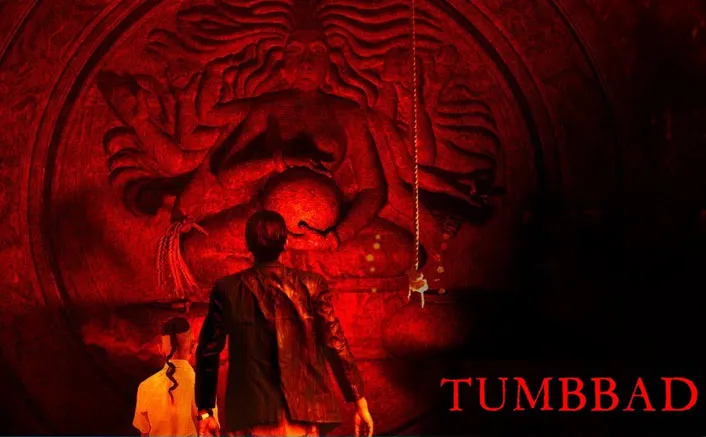
3. Tumbbad (2018)
Tumbbad is a dark and eerie period horror film rooted in Hindu mythology. Set in the 1910s, the film tells the story of a family that discovers the secret of a mythical creature named Hastar, the forgotten son of the Goddess of Prosperity. The film masterfully explores themes of greed, wealth, and the consequences of defying divine order. Tumbbad delves into the relationship between man and the gods, with visuals that bring ancient folklore to life.
For fans of horror and mythology, Tumbbad offers a chilling and visually stunning experience, blending horror with Hindu mythological elements.

4. Baahubali: The Beginning (2015) & Baahubali: The Conclusion (2017)
The Baahubali series, directed by S.S. Rajamouli, is a grand epic rooted in themes of ancient Indian kingdoms, power struggles, and divine intervention. Although not directly about Hinduism, the films are steeped in mythological symbolism, drawing parallels to stories from the Mahabharata and Ramayana. The story follows the journey of Mahendra Baahubali and his rise to power as he battles to reclaim his rightful place in the kingdom of Mahishmati. With larger-than-life visuals, powerful deities, and references to dharma and karma, Baahubali feels like a modern-day myth.
Baahubali is perfect for fans of epic storytelling, heroism, and visuals that echo India’s rich mythological past.

5. Swades (2004)
Swades, directed by Ashutosh Gowariker, tells the story of an Indian scientist, Mohan Bhargava (Shah Rukh Khan), who returns to India from NASA to find his childhood nanny. As he reconnects with his roots, Mohan experiences the complex intersections of tradition, faith, and modernization in rural India. While not directly centered on Hinduism, the film delves into the influence of religion and community in shaping India’s cultural landscape. Themes of karma, duty (dharma), and the importance of contributing to society are central to the story.
Why Watch: For those interested in how Hindu values like karma and community are woven into daily life, Swades is an inspiring and emotional journey.
Indian cinema, particularly Bollywood, has long explored themes from Hinduism, including mythology, karma, dharma, and the relationship between gods and humans. These films serve as both entertainment and philosophical exploration, offering viewers a window into India’s rich spiritual traditions. Whether you’re looking for action-packed epics, thought-provoking satire, or deep philosophical narratives, these top five films on Netflix offer an insightful and engaging look at Hindu culture.
From Aamir Khan’s comedic yet poignant critique of religion in PK to the eerie mythological horrors of Tumbbad, these films are sure to captivate anyone interested in the intersection of cinema and spirituality.
Streaming
Movie Review: Devara Part 1 (Streaming on Netflix)
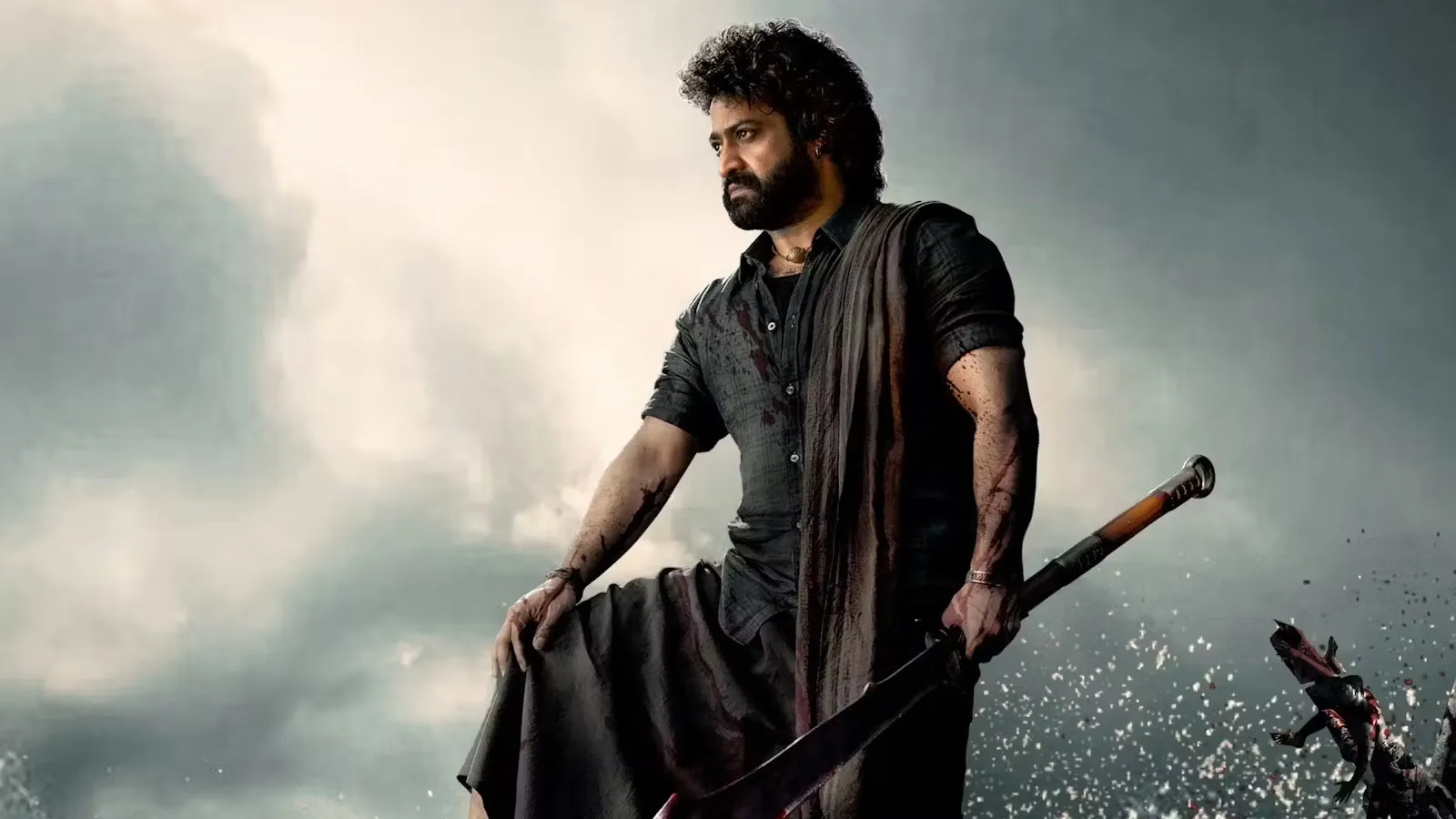
Devara Part 1 dives deep into the heart of coastal India, merging high-stakes action with rich, emotional storytelling. Directed by Koratala Siva, this movie delivers both visually arresting cinematography and a gritty, dramatic narrative that examines the impact of power, loyalty, and revenge. The film stars Jr. NTR as Devara, alongside Saif Ali Khan and Janhvi Kapoor, both in pivotal roles. With its mix of action, suspense, and drama, Devara has quickly become a must-watch on Netflix.
The film is set in a fictional coastal region, where Devara, played by Jr. NTR, emerges as a man caught in the crossfire of a world rife with ambition and betrayal. The narrative pivots around land issues and the power struggles within the community, which expose Devara’s journey from a common man to a feared figure within his circle. Saif Ali Khan’s antagonist is a complex and calculated character whose machinations add depth to the storyline, setting the stage for a high-stakes conflict with Devara.
The film uses classic Bollywood tropes of revenge and honor but explores them through a modern lens. Devara’s journey is marked by his raw emotional drive and relentless courage, and the character’s depth makes him a gripping protagonist. Janhvi Kapoor adds a softer, more vulnerable counterbalance as Devara’s love interest, providing relief amid the film’s intensity.
Jr. NTR shines in the title role, embodying Devara with both intensity and vulnerability. His transformation into this hardened figure is subtle and believable, allowing viewers to empathize with his struggles. Saif Ali Khan, as the antagonist, is charismatic yet menacing, bringing layers to his role that make him much more than a standard villain. Janhvi Kapoor, while not the primary focus, delivers a grounded performance, effectively conveying the emotional depth needed in a film as intense as this.
One of the strongest elements of Devara Part 1 is its cinematography. Siva and his team bring the coastal setting to life, with expansive shots that capture the rugged beauty of the region. Each scene is meticulously crafted to capture the landscape’s natural colors and textures, lending authenticity to the story. The high-quality production value, along with the tight pacing and impressive action sequences, ensures that the audience remains engaged from start to finish.
Korotala Siva’s direction keeps the narrative’s emotional core intact while focusing on action and drama. The way he layers tension and reveals character motives adds a degree of realism rarely seen in mainstream cinema.
At its core, Devara is about the moral complexities that arise when survival and loyalty collide. It tackles themes of power, corruption, and revenge, all within a tightly woven plot that never strays too far from the human element. The film also dives into social issues, shedding light on the systemic corruption affecting the lives of ordinary people in coastal India. Devara’s journey is one of self-discovery and confrontation with societal norms, and this depth keeps the film compelling beyond its action sequences.
The film also sets up exciting possibilities for Devara Part 2, hinting at an even deeper exploration of these themes, as the stakes rise and alliances shift.
Devara Part 1 combines strong performances, beautiful cinematography, and a gripping storyline. While it does lean on some familiar tropes, the story’s authenticity and Siva’s nuanced direction make it a worthwhile watch. The movie’s pacing, engaging plot twists, and character-driven drama make it hard to turn away.
Rating: 4.3/5 Devara Part 1 is a compelling drama that balances action and emotion, making it a standout in Netflix’s lineup. It’s perfect for viewers looking for a powerful storyline mixed with well-executed action. Highly recommended for fans of Bollywood cinema and anyone who appreciates stories with moral complexity.
Streaming
The Perfect Couple on Netflix – A Twisty and Engrossing Thriller

Rating: ★★★★☆ (4/5)
Netflix’s The Perfect Couple offers an intriguing blend of suspense, romance, and family drama, wrapped in a murder mystery that leaves viewers guessing until the very end. Based on the best-selling novel by Elin Hilderbrand, the limited series dives deep into the complexities of relationships, secrets, and privilege in a story that pulls you in from the very first scene.
The show centers around the seemingly perfect union of Celeste and Jake, a couple whose idyllic Hamptons wedding turns nightmarish when a dead body is discovered. As tensions rise, secrets start to unravel, revealing that beneath the glamour and charm, dark truths and betrayals run deep.
Nicole Kidman delivers a magnetic performance as the matriarch, Annabelle, effortlessly conveying both vulnerability and authority. Her scenes are riveting, and she adds an underlying intensity to the family dynamics. Liev Schreiber as the groom’s father, Tag, gives a grounded and nuanced performance that complements Kidman’s. The young couple, played by Dakota Fanning as Celeste and Billy Magnussen as Jake, share a complex chemistry that evolves with each revelation, keeping viewers both captivated and unsettled.
The plot’s pacing is handled well, with each episode unveiling new layers of the story, drawing audiences deeper into the lives of these flawed characters. The series masterfully combines flashbacks and present-day scenes to reveal motives and hidden relationships, creating a web of suspense and intrigue. While the murder-mystery element drives the narrative, the story’s emotional weight rests on the characters’ strained relationships and societal pressures. This balance between mystery and drama is both compelling and refreshing.
Shot against the stunning backdrop of the Hamptons, the cinematography elevates the series, capturing the dichotomy of beauty and darkness within the affluent world of the characters. The lavish settings, paired with a haunting soundtrack, create an unsettling yet luxurious atmosphere that enhances the story’s tone.
While the series is an absorbing watch, the storyline sometimes stretches plausibility with a few twists that feel overly dramatized. At times, the show leans into melodrama, but the strong performances and complex character arcs keep it grounded enough to stay engaging. Fans of psychological thrillers might find the plot a bit predictable, but the character-driven drama and twists offer enough surprises to keep the experience fresh.
The Perfect Couple is a gripping watch for fans of high-stakes family drama and suspenseful thrillers. With a stellar cast, a visually captivating setting, and a storyline that keeps you hooked, it’s a binge-worthy series that digs deep into the layers of human relationships and the secrets we keep. This series is perfect for a weekend watch, delivering just the right amount of intrigue and emotional depth to satisfy thriller enthusiasts.
Rating: 4/5
Streaming
Dragon Ball Daima – A Fresh, Nostalgic Adventure for Dragon Ball Fans

Rating: ★★★★☆ (4/5)
Dragon Ball Daima has landed on Crunchyroll, and it’s a wild, unexpected, yet nostalgic ride that blends the classic energy of Dragon Ball with some bold new twists. This latest addition to the Dragon Ball universe doesn’t just revive the beloved characters and world – it reimagines them, serving up fan-favorite elements while introducing some surprises that make it feel fresh.
In Dragon Ball Daima, the story takes an exciting turn when a mysterious magic spell transforms Goku, Vegeta, and others into children. This reversion back to childlike forms brings a fun, youthful energy to the series that harks back to Dragon Ball GT. Yet, unlike GT, which was often divisive among fans, Daima leverages the “de-aging” twist to delve into new adventures with an old-school vibe. As the characters face familiar threats with newfound challenges in their younger bodies, the plot offers a balance of high-stakes action and a humorous, nostalgic tone that longtime fans will love.
Toei Animation outdid themselves with Dragon Ball Daima. The colors are vibrant, the action sequences are fluid, and the character designs blend the retro look of Dragon Ball Z with a modern twist. The reimagined character designs – especially seeing iconic fighters like Vegeta and Goku as kids again – add a fresh visual layer that makes the series feel lighthearted yet intense, capturing the unique spirit of Dragon Ball.
One of the best aspects of Daima is how it allows fans to reconnect with the characters in a fun new context. Goku’s mischievous personality shines in his younger form, and seeing Vegeta adjusting to being small again is a constant source of amusement. Their dynamic is still strong, yet with new challenges in the mix. The voice acting is top-notch, with Masako Nozawa (Goku) and Ryo Horikawa (Vegeta) bringing the characters to life in ways that feel familiar yet fresh.
Dragon Ball Daima doesn’t hold back on the action, delivering the classic fast-paced, energy-charged battles that fans love, albeit with some interesting limitations due to the characters’ transformed states. The action scenes are a perfect blend of old and new, with each battle sequence bringing out the strategic side of the characters as they work around their changed abilities. The pacing is also well-balanced, keeping the story engaging without feeling rushed or dragging on.


